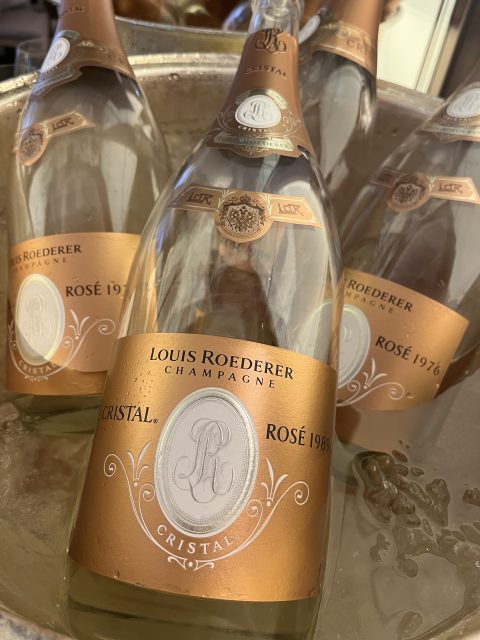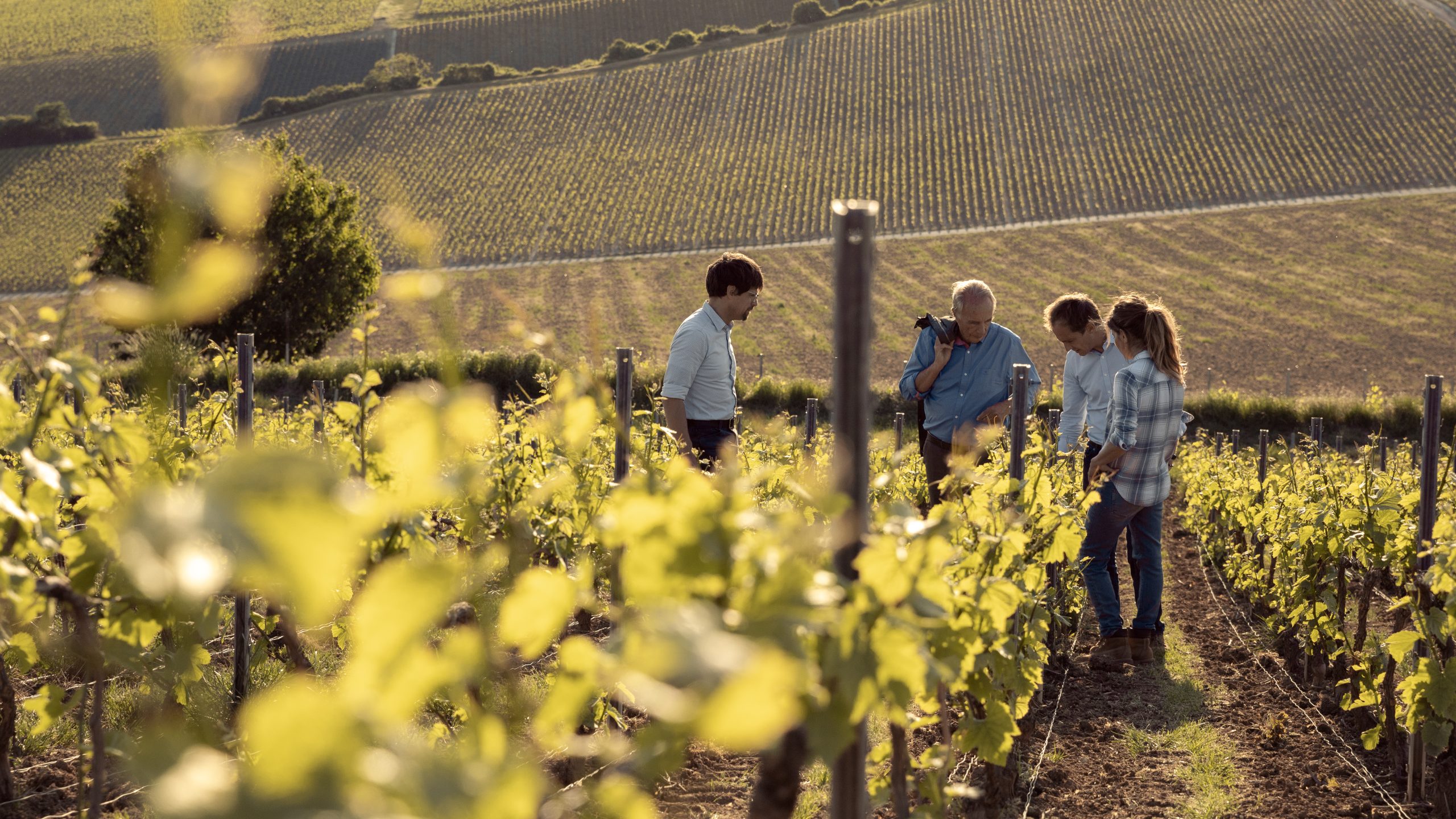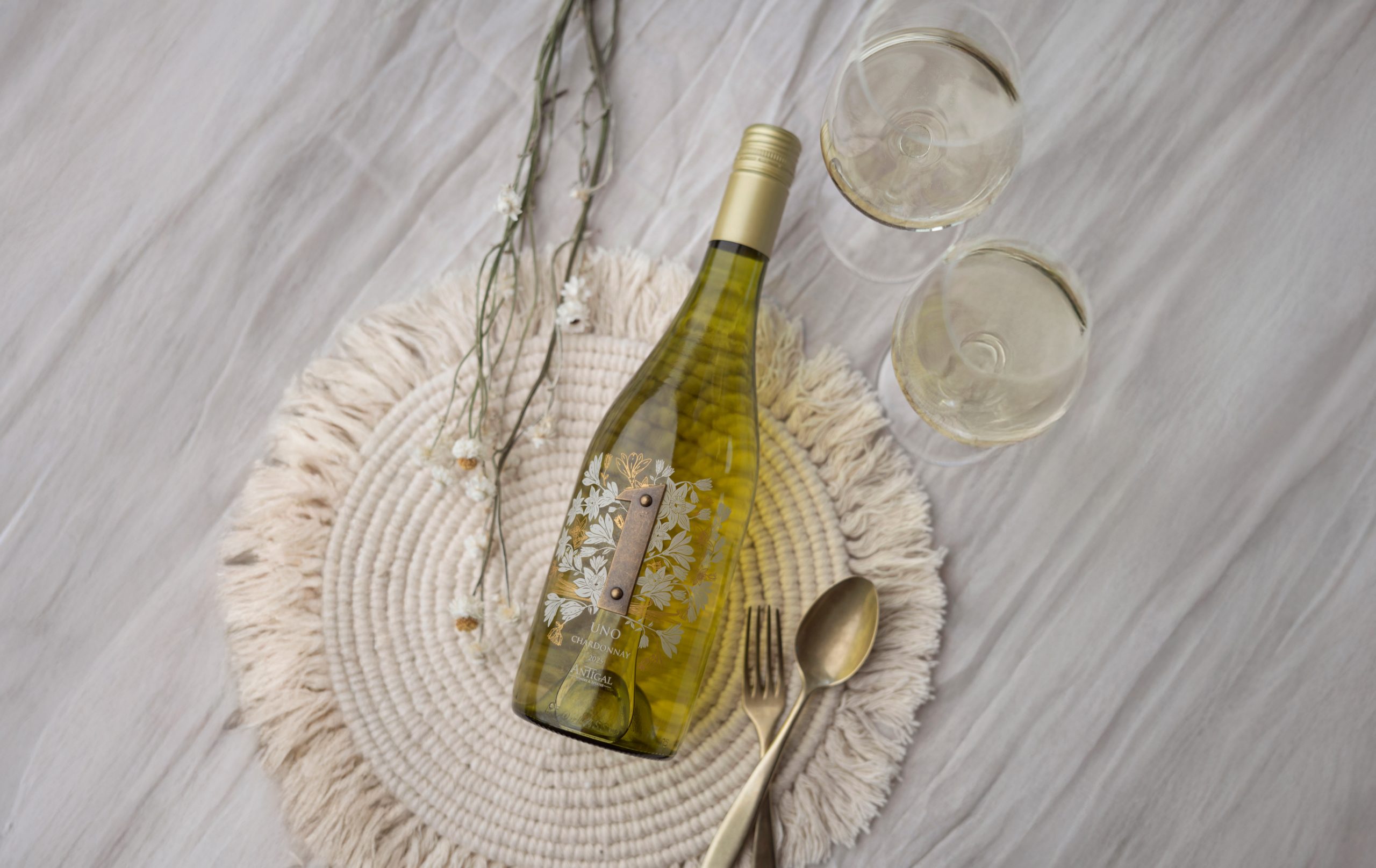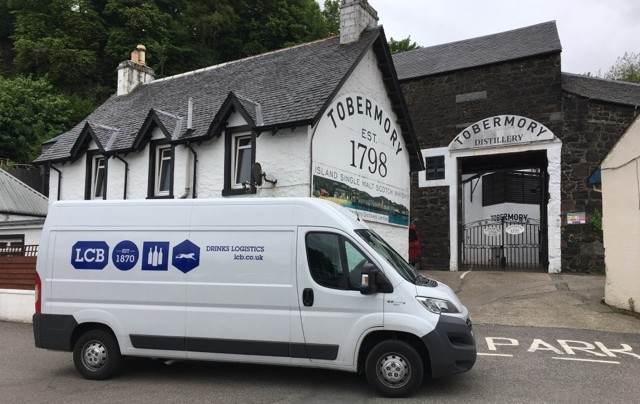Why it’s time to rethink the concept of freshness in Champagne
A tasting of Cristal Rosé back to the heatwave harvest of 1976 highlighted why it’s time to rethink the concept of freshness in Champagne.

Or at least that was my feeling after sampling a couple of fully-mature Champagnes from some of the region’s hottest years, including ’76 but also ’89, while listening to the thoughts of Louis Roederer’s gifted cellar master, Jean-Baptiste Lécaillon.
The issue concerns what is – in his view – an excessive emphasis on acidity levels in Champagne from producers and commentators when it comes to the sought-after characters of this famed French fizz: which are, in my view, an appealing balance between richness and freshness, as well as the rare ability to perform the role of cleansing aperitif and age-worthy fine wine.
In essence, we should be asking ourselves, does one really need searing acidity to create such traits? And can freshness, as well as longevity, be secured by other means?
Judging by the mouth-watering vintage Champagnes emanating from recent hot and dry harvests, such as 2015, and the quality of fully-mature bottles such as Cristal Rosé ‘89 and ’76 – all of which were years with relatively low acidity levels – it appears that sparkling wine can be long-lived and refreshing when the base wines are unusually ripe (that is, by Champagne standards).
“The mistake of Champagne is thinking that acidity is key,” said Lécaillon, having introduced the oldest bottle of Cristal Rosé at the event in London yesterday, which was a Champagne emanating from 1976 – a harvest when the grapes were picked at almost 12% potential alcohol, with, as a result, remarkably low levels of acid in the berries.
Indeed, had the harvesters not been on holiday, “they would have picked on 15th August to keep the acidity,” recorded Lécaillon, adding that the bunches were brought in from the vineyards as soon as the workers returned from their summer break on 1 September.
Continuing, he said of such a Champagne, “But there is freshness, and that comes from the phenolics and dry extract.”
He added, “We should talk about the feeling of freshness, not what it is.”
It is this point that is key, particularly in a region where climate change is seeing growing seasons get warmer, and shorter, on average, yielding grapes that are riper, often cleaner too, but also with lower levels of acidity.
A shift has occurred since the 90s and before from a time when grapes might be, in some years, deemed unripe, with green characters, to a period this century when such characters have virtually disappeared, and the risk is harvesting berries with flavours that might be thought of as too rich for crafting a mouth-watering and age-worthy sparkling wine.
However, there are solutions to warmer vintages, and they can be found in many places, not least vineyard management practices to retain acidity in the grapes, as well as moving picking dates earlier to harvest before acid levels fall.
But mature grapes in Champagne are desirable, as long as they are free from fungal infections, because they can be used to make full-flavoured fizz, while berries with ripe phenolics can bring a desirable fine tannin to the sparkling wine.
It is this latter point that is becoming increasingly important, because such a phenolic component in a wine brings a gently drying, subtly-bitter character to the finish – an element to the Champagne that mimics a firm acidity: it makes the mouth water, enlivening the palate.
Managing this is challenging and complex, with that flavour element only being desirable when it is like bitter citrus, similar to orange peel or grapefruit pith, and and not when it is green and sour, like pea shoots or cooking apples.
As for the sensation of dryness, the tannins must be fine like chalk dust, not grainy like sand.
For Cristal Rosé, the techniques to achieve a desirable and fresh-tasting phenolic character are painstaking and specialist, and should be for a pink prestige cuvée that benefits from red grapes to bring colour, and a price tag that surpasses £600.
These approaches were highlighted by Lécaillon at the tasting, which was held to celebrate the 50th anniversary of the creation of Cristal Rosé by Jean-Claude Rouzaud in 1974.
Partner Content
Noting that this pinnacle expression from the house is about the “pursuit of phenolic ripeness,” Lécaillon traced this endeavour back to the specific plots used to grow the grapes for Cristal Rosé – which he called “the Musigny of Champagne”, because they produce Pinot Noirs with “a special tannic complexity”.
Admitting that in some years “such as 76 or 89”, it is the warm weather that ensures phenolic ripeness, in others, it can be achieved “by farming and vineyard management and picking dates”.
Today, Cristal Rosé benefits from organic, biodynamic and regenerative viticulture, as well as a unique winemaking process for Champagne, that sees the Pinot Noir berries cooled down over the course of 24 hours to minus 4 degrees Celsius immediately after picking and before crushing.
Why? “If you cool the berries before crushing then you catch the good elements, but if you crush before [cooling], then you catch green phenolics,” he said.
This is then followed by a cold soak for seven days, which sees the colour and tannins slowly leach into the must. “It is by natural osmotic pressure, there is no temperature and no work – no punching [down] – it is all very soft,” he said.
“This is how you catch beautiful phenolics, which in Champagne are difficult to catch, even if you do beautiful farming,” he then stated.
But Lécaillon is not the only cellar master in Champagne to be promoting the beneficial nature of phenolics in sparkling wine, while questioning the belief that high-acid berries are needed for refreshing fizz.
Indeed, at the launch of Dom Pérignon 2015 earlier this year, the prestige cuvée’s cellar master Vincent Chaperon stressed that riper berries can bring about refreshing and long-lived Champagnes due to the quantity and quality of phenolics such grapes can produce.
Looking back to the heatwave harvest of 2003, he said that during, and since that vintage, Dom Pérignon has “made a lot of work on the management of phenolics, not just in terms of the date of picking, but the way of picking, as well as pressing and settling [of the grape must].”
That “management” has concerned employing a higher level of riper phenolics in the wines to give “freshness and vibrancy”, with “bitterness and acidity playing together to bring a sensation of freshness which is very complex,” he said, before stating, “Freshness and vibrancy are conditions we need to be able to show in Champagne whatever the conditions”.
More generally, he observed a shift in mindset in Champagne. “15 to 20 years ago people were too focused on acidity in Champagne, but they have changed a lot,” he recorded. “They now understand there are other ways to bring freshness,” he continued, which he said have come about with the “technical” advancements in the region, both in terms of viticulture and winemaking.
And such progress is continuing, Chaperon told db, with his current focus on the “settling” of the grape juices before fermentation, a process which he said he was looking to extend in an attempt to increase the interaction between the liquid and suspended solids “to bring more density and structure to the wine”.
Similar, during an exclusive interview with the drinks business last month, Moët & Chandon cellar master Benoît Gouez emphasised his work on extracting fine phenolics to bring a brightness to his Champagnes.
“What we are looking for is freshness – and that is not just acidity; there is another element that we didn’t discuss 20 years ago – and coming into discussion today – and that is the bitterness,” he said.
“It is something new for Champagne: with maturation earlier in the season due to higher temperatures and higher levels of light, we are getting more aromas, more sugar and less acidity, which is for the better, because green Champagne doesn’t exist anymore.”
Nevertheless, the decline in natural acidity is encouraging producers like Gouez to better understand how to extract bitter phenolics, which he says are similar to the taste of grapefruit, rather than pea green.
“Like red wines have rustic and noble tannins, in Champagne we want noble tannins that give a sensation of freshness,” he said.
Read more
Why Champagne is well-placed to weather climate change
Related news
Champagne’s split market revealed




